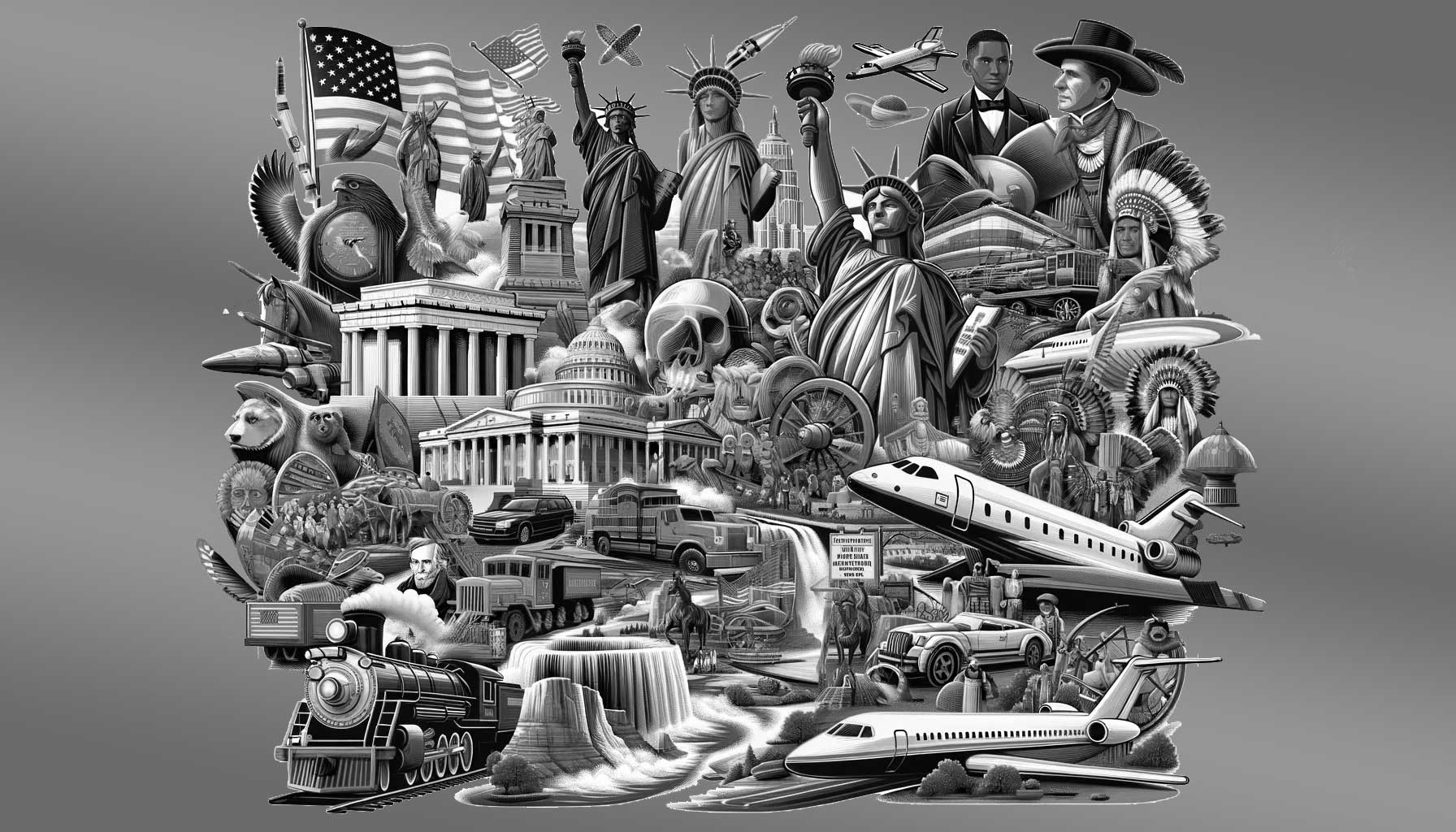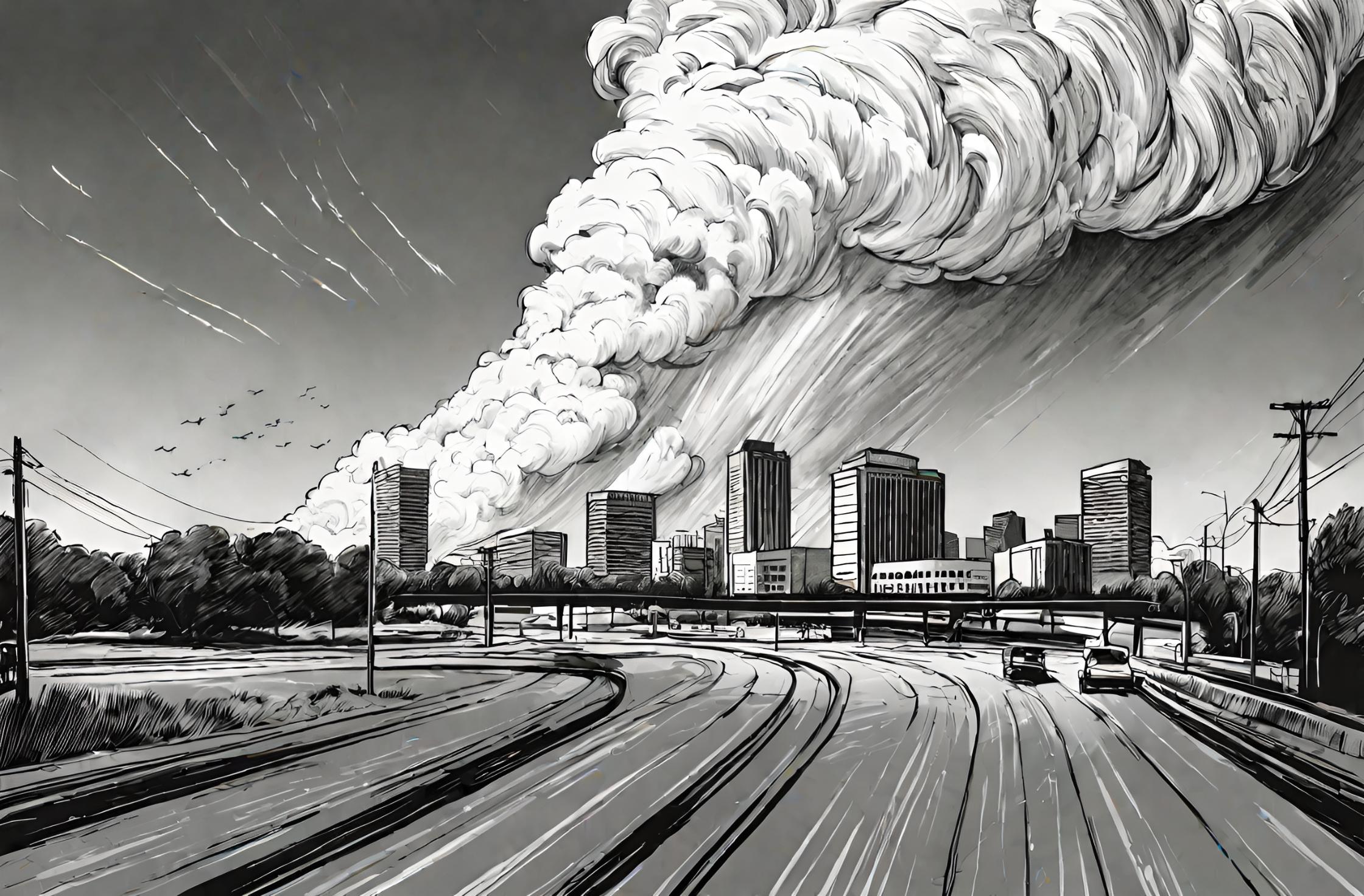Flashback to May 3
American History

1919
US President Woodrow Wilson suffers a massive stroke, leaving him partially paralyzed.
Read moreIn the annals of American Presidential history, one particular event stands out for its profound political implications: the serious health crisis that befell Woodrow Wilson, the 28th President of the United States. On October 2, 1919, President Wilson suffered a major stroke, a medical ordeal that considerably incapacitated him physically, and invariably influenced the governance of a great nation.
The shocking episode took place just as President Wilson was heavily invested in the post-World War I peace process. This event, nestled in the midst of international affairs, projected a complex array of administrative quandaries that had lasting implications on both domestic and foreign policies.
The health episode Wilson faced was not an ordinary, transient illness. It was a massive stroke that resulted in the left side of his body getting partially paralyzed. Suddenly, a once robust president, knitted into the fabric of American and global politics, found himself grappling with extreme physical limitations, amidst an unfolding international political theatre.
Despite the rather debilitating physical condition, Wilson remained in office, serving out the rest of his term till 1921. This period post-stroke, popularly known as the “stewardship presidency”, saw Edith Wilson, the First Lady, assuming the responsibility of a gatekeeper. She determined which matters would be brought to the President’s attention, thereby incurring significant influence over national affairs.
During this period, even as the President’s health was a topic of growing concern among the public and politicians alike, the administration went to great lengths to shield the severity of his condition. This lack of transparency from the administration raised concerns about potential constitutional crises and sparked discussions about succession planning, which continue to shape our understanding of presidential disability today.
The stroke dramatically affected Wilson’s quest for the ratification of the Treaty of Versailles and the establishment of the League of Nations. Given his physical condition, Wilson was rendered unable to rally support, leading to the Senate rejecting the Treaty and the League. This rejection marked a significant turning point in American foreign policy, indelibly tracing back to Wilson’s debilitating health.
Delving into the medical specifics, a cerebral vascular accident, or what is more commonly known as a stroke, is a severe medical emergency that can affect people in varying degrees. They are often characterized by paralysis or loss of muscle movement. In Wilson’s case, it was a severe one that resulted in partial paralysis, greatly restricting the President’s physical activities.
For the general public, this event served as a wake-up call about the seriousness of strokes and the need for effective stroke prevention. It brought to the foreground the importance of understanding the signs of a stroke, propelling the medical community to invest in public education about strokes and their potential lifelong ramifications.
President Wilson’s massive stroke and subsequent paralysis is not just a chapter in the medical history books, but a pivotal moment in American politics. Its influence extended beyond the immediate implications, firmly embedding itself in broader discussions about presidential health, transparency, succession, and the management of serious health crises in the Oval Office.
Indeed, the incident reverberates in the modern dialogues around these issues. This health crisis experienced by a sitting President generated public discourse about the physical demands of the presidency, and the mechanisms in place to ensure smooth functioning of the office amidst unforeseen contingencies.
the episode of President Woodrow Wilson suffering a massive stroke on October 2, 1919, and the subsequent physical paralysis, offers an enriched understanding of the interplay between presidential health, politics, and public policy. Far from being a mere historical event, it remains a living narrative, shaping the contours of presidential health norms, crisis handling abilities, and systemic response planning for the highest office in the United States.
We strive for accuracy. If you see something that doesn't look right, click here to contact us!
Sponsored Content

Oklahoma City is slammed…
On May 3, 1999,…

The US Senate Armed…
Join the closed door…

Nellie Tayloe Ross becomes…
On May 3, 1933,…

Most of San Francisco…
On May 3, 1851,…

